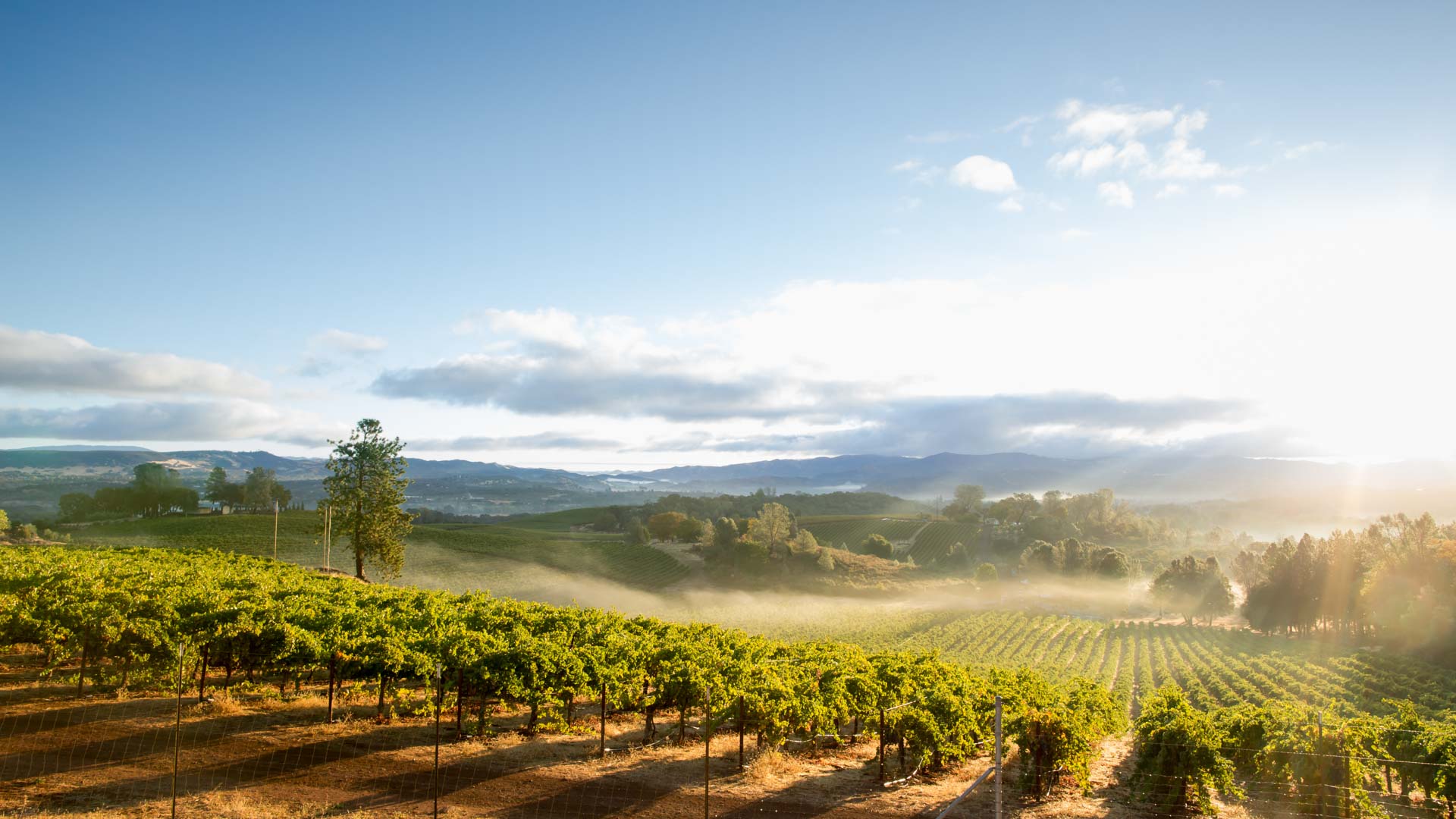Every fourth-grader studies the western monarch butterfly's amazing migration from Canada to the temperate California coast. But in recent years, school students also learned that the exquisite orange-and-black butterfly's population declined by 99.9 percent between 1980 and 2020.
Then hopeful news arrived in 2021: Last autumn and winter saw a rebound in California monarch numbers, with a final statewide tally of nearly 250,000 butterflies, the highest number seen since 2016.
This month, the positive trend continues at several California overwintering sites—places where the delicate insects spend the cool months in protected tree groves before continuing their long journeys. Volunteers at Pismo State Beach's grove tallied 24,052 butterflies on November 1, about 2,000 more than were counted last year in early November.
Near Monterey, researchers at Pacific Grove's butterfly grove counted 11,171 monarchs on November 4, a significant push toward last year’s season high of 14,000. The population of overwintering monarchs usually peaks between Thanksgiving and Christmas, although some monarchs will stick around until February.
“These early counts give us hope that, if we all work together, we can bring western monarchs back,” writes conservation biologist Emma Pelton in a Xerces Society blog.
Scientists believe that the extreme population decline of the last four decades has been caused by habitat loss and pesticide use. The recent two-year uptick may be due to a combination of factors: Populations of monarch butterflies, like other insects, fluctuate in response to variables like temperature, rainfall, and competition for food.
Monarch butterflies prefer central and southern California's warm, mild winters and don't fare well at temperatures below 50 degrees Fahrenheit. They tend to cluster in groves of eucalyptus, Monterey cypress, or Monterey pines because the trees act as a blanket and umbrella during winter storms.
Along with Pismo Beach and Pacific Grove, California locations that historically have hosted spectacular monarch gatherings include Natural Bridges State Beach in Santa Cruz, the Fiscalini Ranch Preserve in Cambria, the Santa Barbara Land Trust’s Coronado Butterfly Preserve, and Goleta's Ellwood Mesa Open Space. Monarchs have also been spotted at Bodega Dunes Campground in Bodega Bay and Ventura County's Point Mugu State Park.
A more complete picture of this year's numbers will be available after the annual Western Monarch Thanksgiving Count, which takes place November 12 to December 4, and the secondary New Year’s count that runs from December 24 to January 8.
Want to help these elegant insects? There's much you can do, from planting native milkweed and nectar plants in your yard (and ensuring those plants are pesticide-free before and after planting) to reporting monarch sightings on the Western Monarch Milkweed Mapper website. Learn about the Western Monarch Call to Action, and download the Xerces Society's how-you-can-help brochure.
